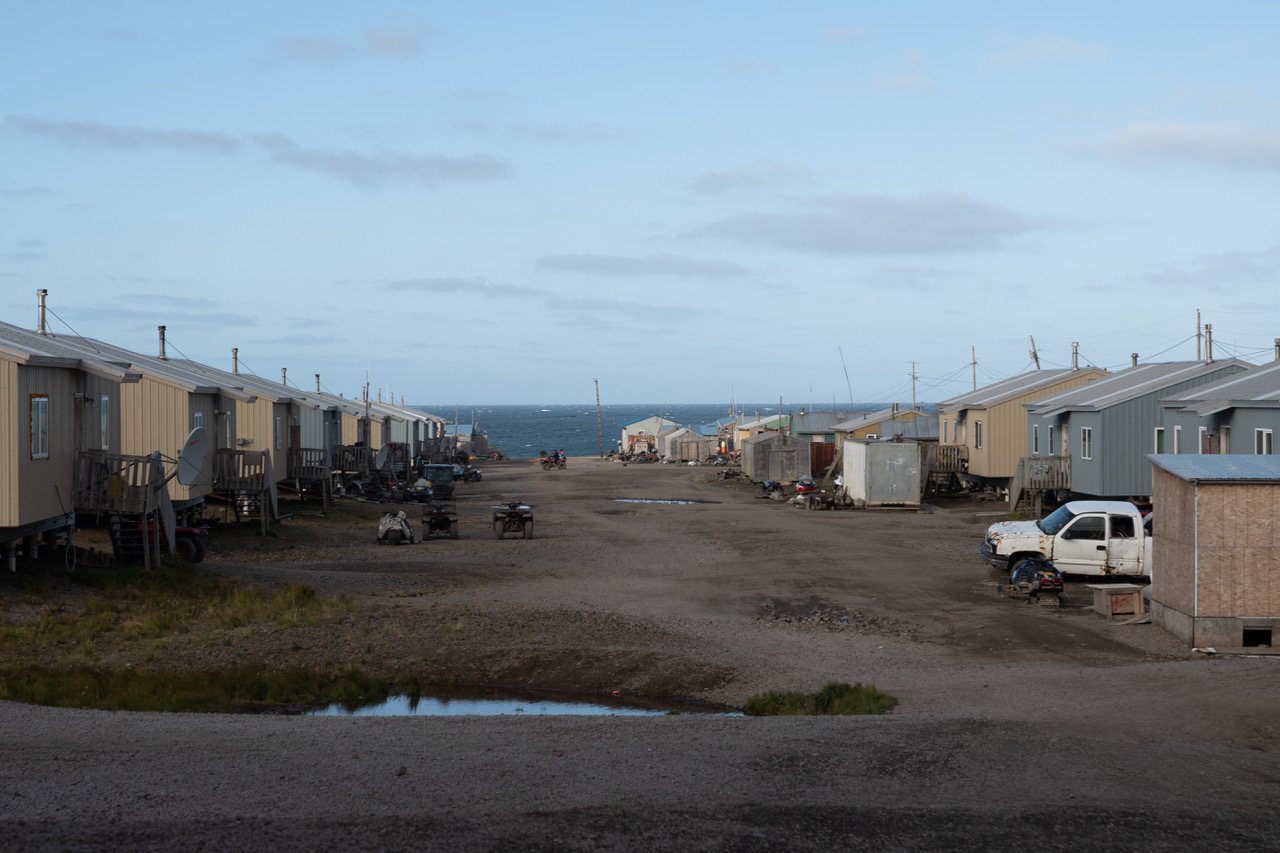Why climate policy makers should listen more carefully to the Arctic’s Indigenous peoples
Traditional knowledge offers a blueprint for climate resilience that the rest of the world should take seriously.

While the global spotlight has placed climate change on many regional and national agendas, it’s easy to overlook smaller scale efforts to adapt and build climate resilience. One of the best examples of such grassroots resilience comes from Savoonga, one of two villages on the 90-mile-long St. Lawrence Island located in the Bering Sea, off the western coast of Alaska, closer to Russia.
Like the rest of the Arctic, Savoonga is warming much faster than the entire planet. This Siberian Yupik coastal community of about 600 residents has a front row seat to a wide range of global warming’s most severe impacts. The islanders who depend almost completely on the sea for their food supply, hunt walrus, seals, whales and fish.
The irony of climate change’s impacts in the Arctic is that while Savoongans — like other Indigenous residents of the region — contribute among the very least to climate change, they live on the front line of global warming’s greatest harms.
Yupik Whaling Captain George Noongwook, former Chairman of the Alaska Eskimo Whaling Commission, said the reduction in sea ice, from seven-month seasons to three-month seasons common now, means sea mammals no longer have a platform on which to rest and feed or nurse their calves during their migrations. He emphasized that despite the critical lost sea ice, Yupik communities continue to navigate climate unpredictability with hunting strategies that have guided them for millennia.
Further, Noongwook explained that the Yupik philosophy of leaving “no footprint behind” reflects a people who maintain a “take only what you need hunting practices,” that fiercely protect the biodiversity of the Bering Sea’s interconnected ecosystems.
Evidence of warming is visible everywhere on the 1.2-million-acre island — both on and offshore. Melting sea ice, more frequent — and more damaging — storms, homes collapsing due to permafrost thaw, shore loss, collapsed roads and other drastic changes require, as Noongwook explained, that Savoongans reach deeply into their traditions to navigate the dramatic changes that impact their ability to harvest food.
Threats to the food security of Indigenous villages in the Bering Sea region are not trivial. At a recent food sovereignty summit attended by representatives of nearly a hundred Alaskan Native communities in Nome, on the mainland, the participants discussed the most recent signs of a broken ecosystem, such as birds are falling off the cliffs and into the sea from starvation as their food supply, fish, are scattering, seeking colder waters.
The changing migrations and newly open waters also cause dramatic shifts in hunting and fishing patterns. “You have to be fast,” Noongwook, a former whaler and walrus hunter explained as he described how the loss of sea ice impedes access to their food supply, as the walrus historically stopped on nearby ice to feed themselves and their calves, allowing for the harvest.
Of warming’s impacts, another tribal leader said “it’s getting scary.” Yet, most islanders said that their ability to adapt to changing conditions remains grounded in their shared tradition of thousands of years of navigating changes, a tradition transferred through oral history and song.
Reading the rapidly changing sea ice, wind, currents, thawing permafrost and changing weather conditions is “who we are,” explained Noongwook who has traveled throughout the U.S. and Europe to describe how Savoonga’s Yupik people are digging deeper into their ancient knowledge to address climate change.
“We take it day by day,” he said, reflecting the kind of equanimity that deeply rooted knowledge brings.
Savoongans practice what they preach. Along with Gambell, the other St. Lawrence Island community, totaling 1,200 people, they refused the call of a mining operation on the lands to which they hold both surface and subsurface rights despite promises of jobs and income that would supplement their essentially non-cash economy.
“We didn’t want to injure our subsistence ways or break with the instructions of our ancestors to protect the ecosystems,” said Bryan Rookok, President of Savoonga’s Native Corporation, Kukulget, while reaffirming the Yupik philosophy of ‘leave no footprint behind.’
St. Lawrence Island’s Yupik community, with an enduring connection to place and a philosophy that requires integration with the natural world rather than domination of it, has much to share with the scientists, activists and policymakers who conceptualize a new paradigm for the 21st century and beyond. Several Savoongan fishermen are currently cooperating with the National Oceanic and Atmospheric Administration to track cod to determine the distribution and changes in the fisheries.
This ethos, which elevates preservation and resilience — and which predates Western civilization — has certainly earned Indigenous peoples a more prominent seat at climate policy discussion tables than they have so far been given. A climate consciousness that rejects concepts of human domination of the natural world and, instead maintains a voice of the plants, animals and oceans certainly can be scaled up at local, national and international levels. To ensure effectiveness and durability of this approach, Indigenous peoples, such as those from St. Lawrence Island, must be at the table. This time, as equals.
Anita Parlow was a recent Fulbright Scholar in Iceland and founding team lead for the Woodrow Wilson International Center for Scholars’ Program on the Polar Code.